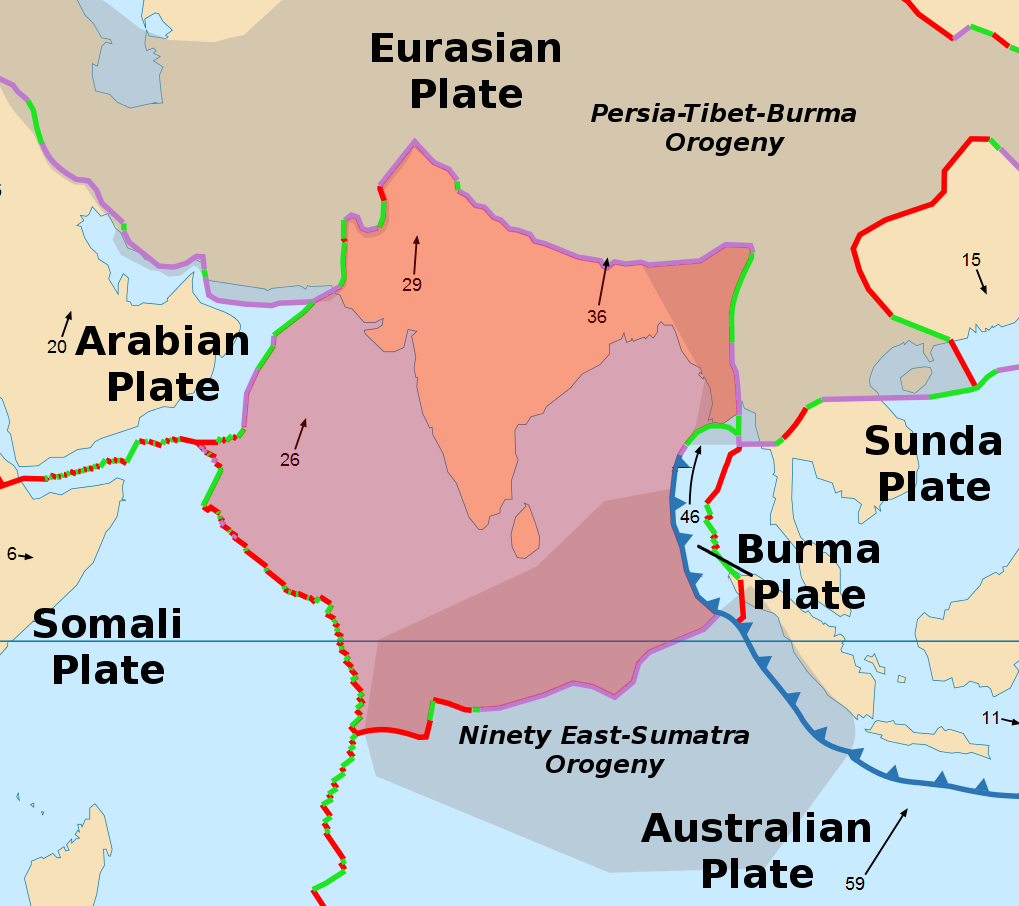- Home
- Prelims
- Mains
- Current Affairs
- Study Materials
- Test Series
Delamination of the Indian Plate
Recent studies reveal that the Indian Plate is splitting into two, with the lower part detaching and sinking into the Earth’s mantle, a process called delamination, as published by the American Geophysical Union.
Delamination:
- Delamination in tectonic plates refers to the process where the lower part of a continental plate, including the lower crust and/or lithospheric mantle, splits and sinks into the Asthenosphere.
- This process is driven by density differences and can lead to rapid uplift, changes in stress regimes, and altered magmatism.
- It can occur in various tectonic settings, including compressional zones, subduction zones, and intraplate regions.
- The denser lower part of the plate, including the lower crust and/or lithospheric mantle, is less buoyant than the less dense asthenosphere, leading to sinking.
- High temperatures can also weaken the lithosphere and facilitate delamination.
 Indian Plate and Its Splitting:
Indian Plate and Its Splitting:
- The Indian Plate has been colliding with the Eurasian Plate for about 60 million years, causing the formation of the Himalayas and influencing regional seismic activity.
- It is shifting northward at a rate of approximately 5 cm per year..
- The lower, denser part of the Indian Plate is detaching and sinking into the Earth’s mantle.
- This may lead to increased seismic activity due to shifts in tectonic stress.
- In regions like the Himalayan collision zone, delamination results in fractures that increase stress in the Earth’s crust, raising the likelihood of seismic events.









 Latest News
Latest News
 General Studies
General Studies